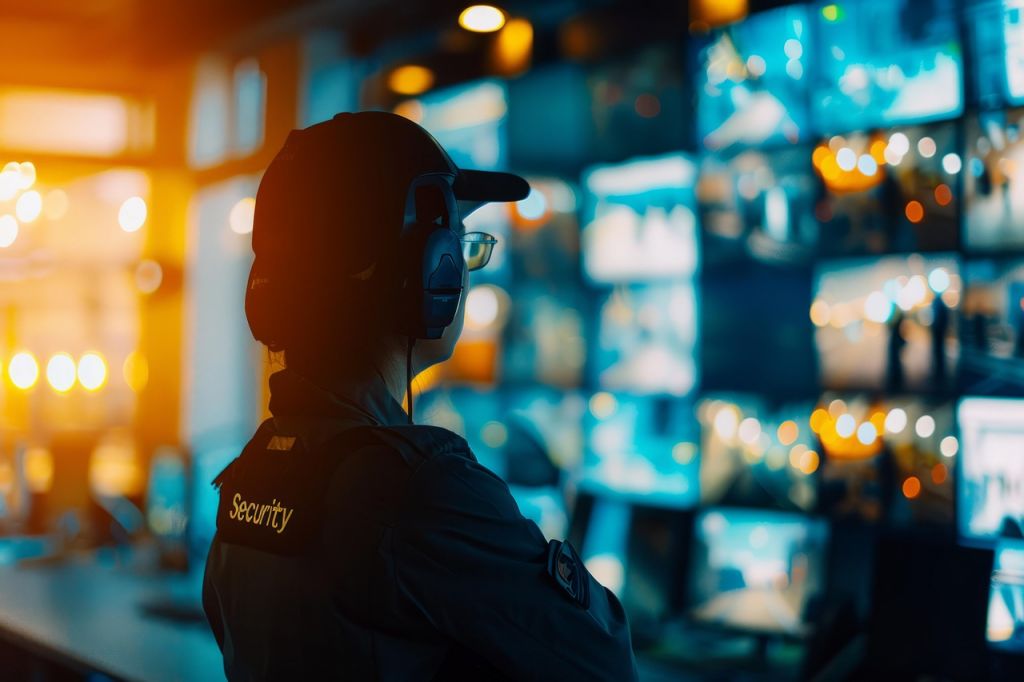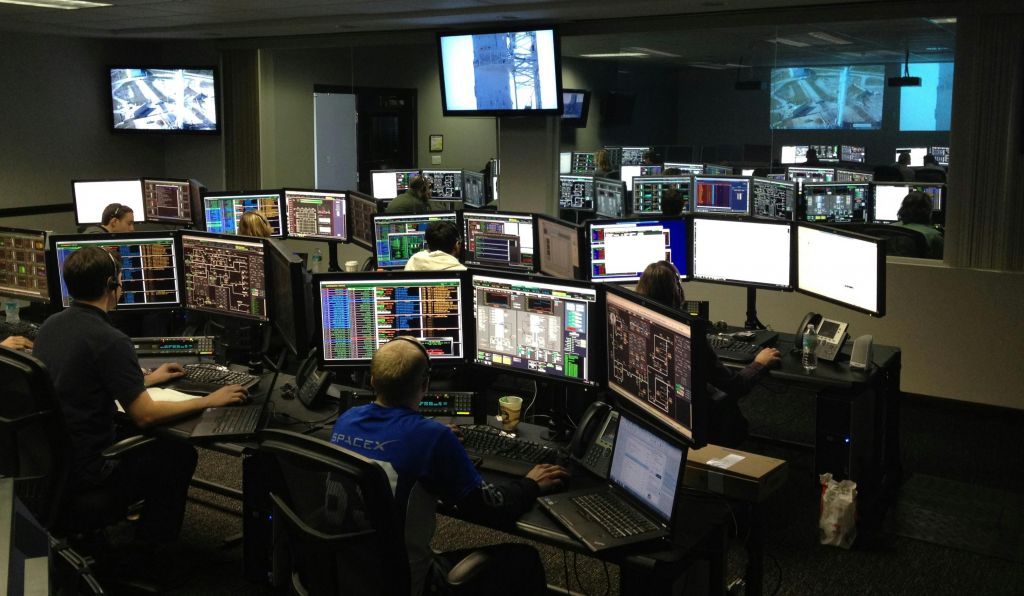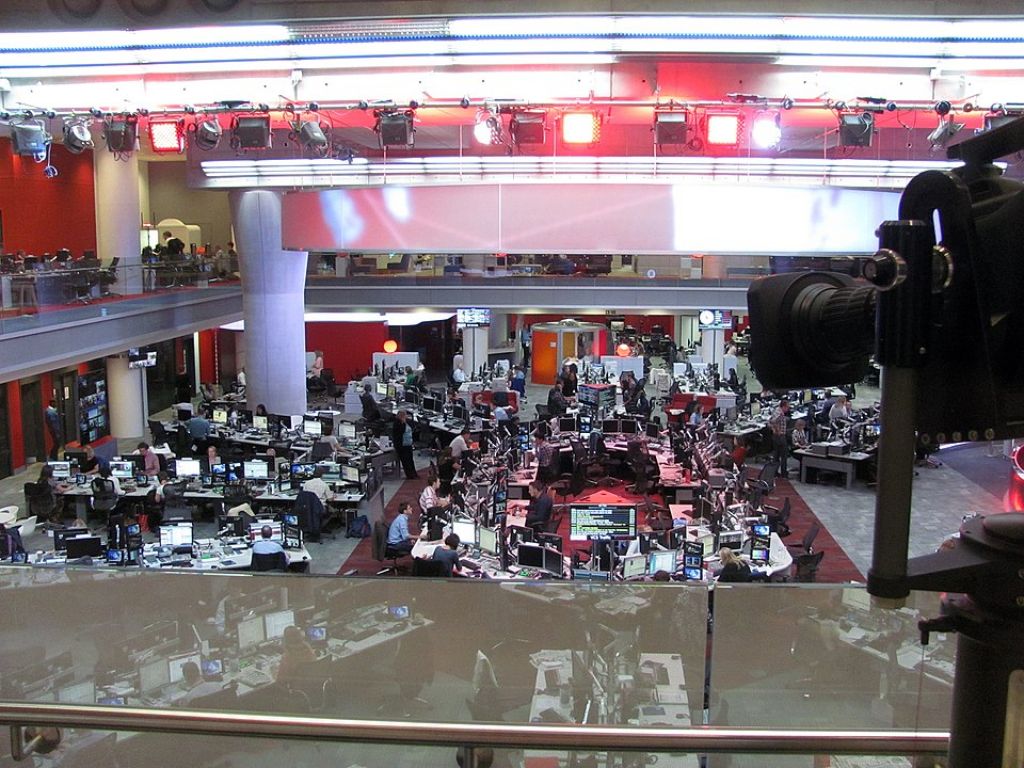Remote AV Management: Keeping Systems Reliable Without Being On-Site
As audiovisual systems get more and more complex, technicians and administrators will require real-time, remote access to carry out diagnostics. In this post, we’ll highlight the challenges that remote AV system management can solve, and how the right tools help your setup thrive.

Common Challenges in Maintaining AV Systems
The right AV setup can make your business more secure, help it stand out in a crowd, or simply make your team’s jobs easier. However, complex tech stacks come with certain challenges that can make maintenance trickier or less efficient; these can include:
- Not noticing a malfunction: If you don’t have ways of monitoring your tech live, it might take some time to spot when a particular audiovisual device is faulty.
- Unclear power failures: Some outages are down to a single cable; if you can’t track this down right away, troubleshooting can take much longer than necessary.
- Issues with global scalability: It might be difficult to monitor dozens of devices spread across various sites without a central dashboard or remote monitoring system.
- Configuration drift: Interfacing systems might have mismatched settings over time due to updates and firmware changes, making it harder to bring them all together.
- User errors: If your tech support team doesn’t have live, remote data on each piece of equipment, they won’t know if a problem is due to a user’s mistakes.
What Remote AV Systems Management Really Means
This is the ability to control, monitor, and manage AV tools remotely; you could use this yourself, or leave it to a dedicated troubleshooting team. Your company will then have a real-time view of its displays, video walls, and more.
These innovations let you see if your devices are currently facing any problems, carry out basic diagnostics, and reboot them. You can even remotely apply software updates as soon as they’re available, lessening maintenance downtime in the process.
You’ll have a wealth of data at your disposal to help manage your whole setup — and your team won’t have to be present to fix problems. They can catch potential issues and fix them from their own workstation.

Key Benefits of Remote Management for AV Systems
Remote management could transform your AV setup for the better, no matter which devices you and your business rely upon. With this in mind, here are just three of the biggest ways it’ll help:
1. A More Reliable System
Your team will have a better view of your overall setup and what it needs, such as if a particular device goes offline. Continuous monitoring helps you spot any emerging problems right away — and hopefully fix them before a big meeting or event.
2. Fast and Proactive Support
Without active remote management, you’ll only know there’s a problem if someone else goes to the effort of reporting it. With it being remote, you also won’t have to wait until an AV technician arrives, which could take hours.
3. Cost Savings
Predictive maintenance means you can fix faults before they spiral into expensive replacements and large-scale repairs — meaning a lower total cost of ownership. The tools you have will also generally last longer, letting you make the most of them.
 (Source: https://commons.wikimedia.org/wiki/File:BBC_Broadcasting_House_newsroom_2013.jpg)
(Source: https://commons.wikimedia.org/wiki/File:BBC_Broadcasting_House_newsroom_2013.jpg)
Remote Scenarios: Where It Makes the Biggest Difference
Remote systems are most helpful for boardrooms, control rooms, broadcast studios, and digital signage. These settings need constant uptime; otherwise, an equipment failure could stop a firm from continuing its marketing campaign or affect live programming that’s watched by millions.
A control room is all about remote monitoring and management. For example, it might use video walls and multi-viewers to show dozens of security feeds at once. Any team stationed here can troubleshoot in real-time, which is vital when downtime can mean a major security blind spot.
However, remote monitoring has the capacity to make a significant difference in any setting that relies upon real-time AV technology, no matter which industry you’re in.
.png)

How DEXON’s Solutions Enable Smart Remote Control
Many of DEXON’s tools come with features that make it easier to remotely diagnose and control the overall AV system. For example, our video wall controllers have built-in web applications that let you manage your setup, EDID management, HTML5-based remote control, and more.
In addition, our technologies are compatible with various remote management systems and are robust enough not to require frequent troubleshooting in the first place. However, it’s still best to stay on the safe side, and that means you should still have remote diagnostics at the ready.
Our AV technology is present in mobile control rooms, network operations centers, and more in various fields, including broadcasting and defense. With remote monitoring and management in play, these tools can do an even better job at delivering high-quality audiovisual solutions.
Conclusion
Remote management is essential for verifying that your technology works exactly as it should — and avoiding downtime when it’ll hurt you most. To learn more about DEXON’s AV tech and how it’ll help you stay ahead of future troubleshooting, contact our team today.